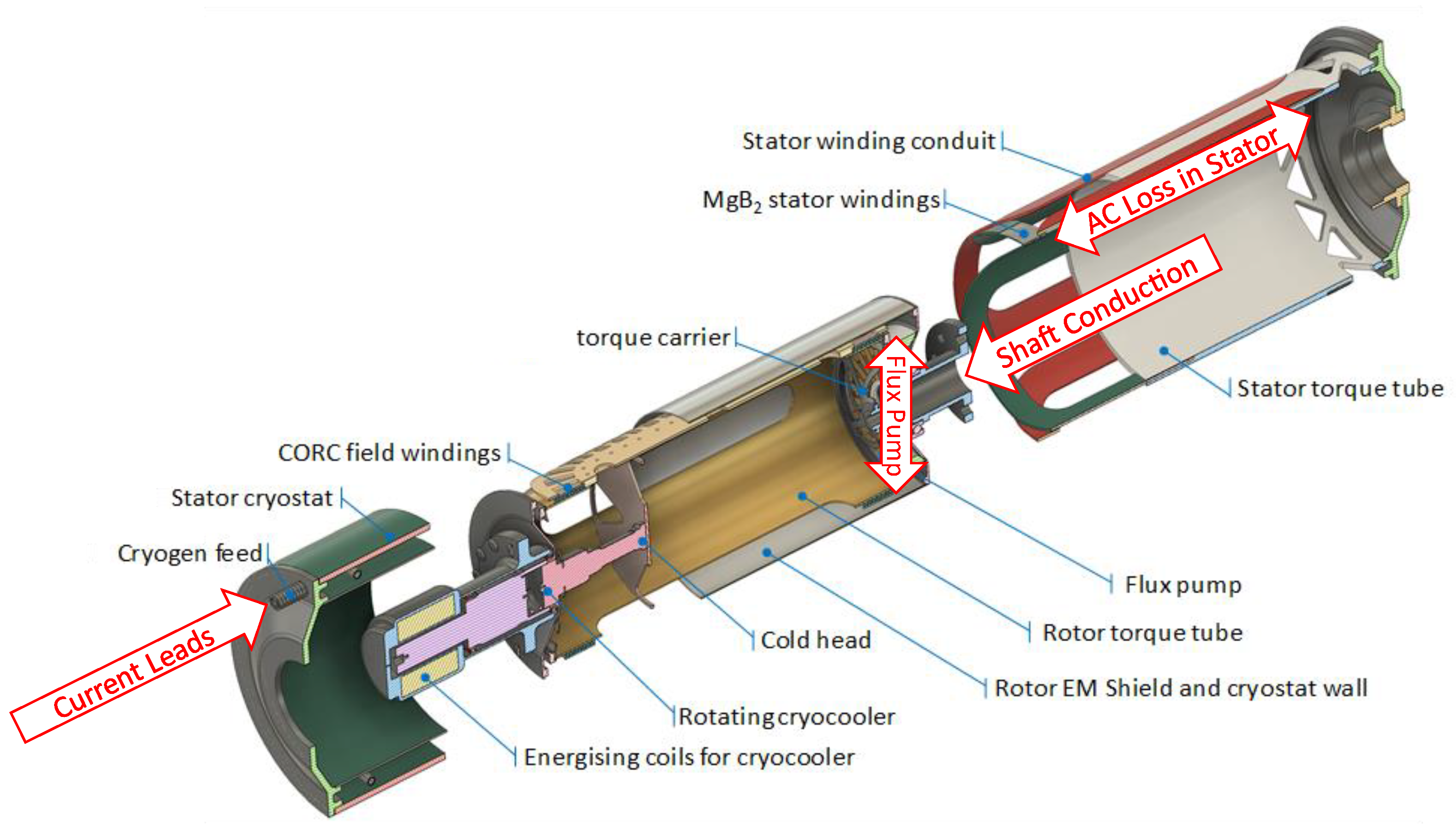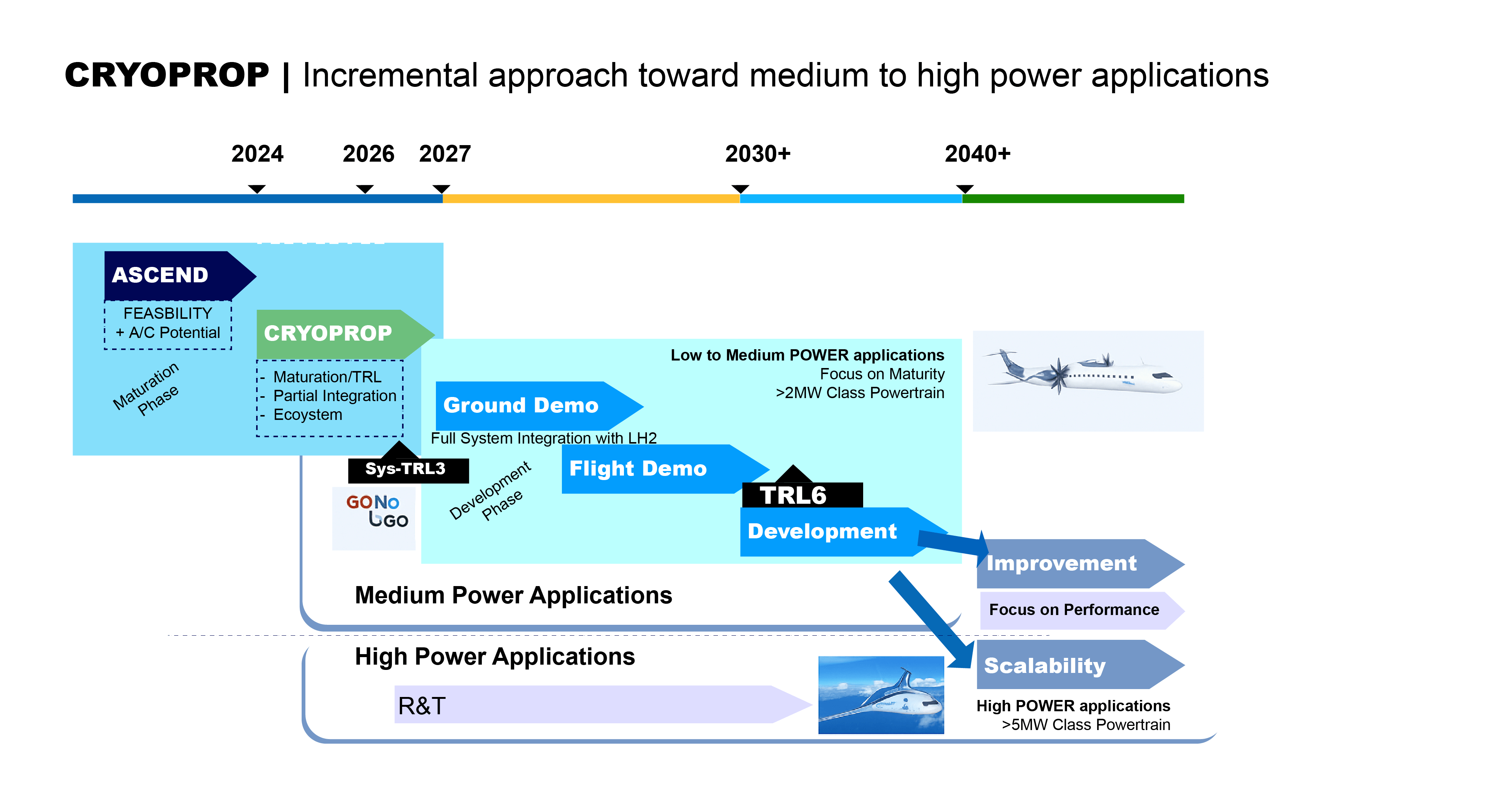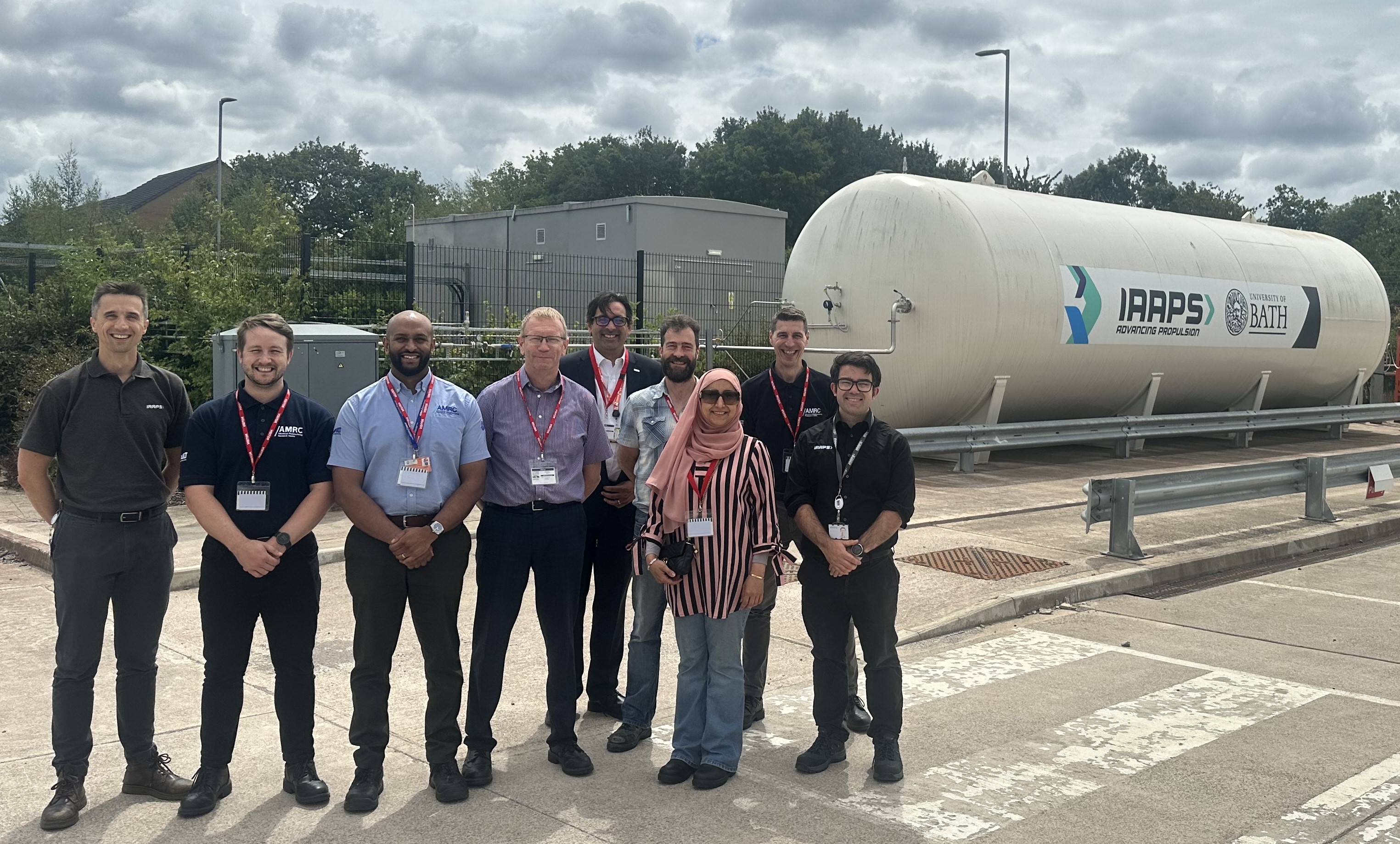In this article:
- Learn why cooling is critical for superconducting motors in aviation.
- Discover the trade-offs between mechanical cryocoolers, LNG, and LH₂ cooling.
- Explore how HyFlux integrates cryogenics into practical zero-emissions propulsion.
Introduction
Superconducting motors promise to unlock zero-emissions aviation by delivering higher power-to-weight ratios than copper-based machines. But superconductivity comes with a challenge: maintaining cryogenic temperatures in flight. For single-aisle aircraft such as the Airbus A320, keeping superconducting coils cold is a system-defining problem. This article explores cooling options for superconducting motors, based on Victoria University of Wellington research supported by the New Zealand Ministry of Business, Innovation and Employment.
https://www.mdpi.com/2226-4310/11/4/317
Why Cooling Matters
Electrification of large aircraft requires propulsion systems in the multi-megawatt range. Copper-based motors become too heavy at this scale. Superconductors, by contrast, achieve higher current densities and dramatically reduce motor size and weight. But superconductivity only works if coils are kept at cryogenic temperatures — around 20 K for magnesium diboride (MgB₂) stators, and 50 K for high-temperature superconducting (HTS) rotors. Achieving these conditions onboard an aircraft requires efficient cryogenic design that balances weight, energy use, and reliability.
Rotor Cooling: A Practical Starting Point
The rotor is the simpler component to cool. Losses are low, and operating temperatures can be higher (around 50 K). Stirling-type cryocoolers, such as scaled Sunpower DS30 units, provide sufficient refrigeration at manageable weight (~29 kg) and power (~2.2 kW). These compact systems can be integrated directly into the rotor assembly. Alternatively, when LNG is available as fuel, cryocooler efficiency improves by rejecting heat at 120 K, halving input power requirements. Using LH₂ as a heat sink, however, is even more attractive — it naturally provides sufficient cooling without heavy mechanical systems.
The Stator Challenge
The stator poses the greatest difficulty. AC losses generate significant heat, with cooling loads exceeding 2.8 kW at 20 K for a 3 MW motor. Mechanical refrigeration to this level is infeasible: compressor power requirements reach hundreds of kilowatts, with cryo-plants weighing several tonnes per motor. LNG-based systems reduce compressor power but remain too heavy, displacing valuable aircraft payload. Only liquid hydrogen, already carried as fuel, provides a practical pathway. By using LH₂ boil-off as a heat sink, stator coils can be cooled to ~25–30 K directly. A small supplementary step — such as a Joule–Thompson (JT) valve with helium circulation — can achieve 20 K if needed.
Reliability and System Architecture
Aircraft demand redundancy. Options range from motor-level cryocoolers to centralized cryo-plants distributing helium across multiple motors. While centralized systems reduce duplication, they also introduce single points of failure. For wide adoption, architectures must balance reliability (multiple redundant loops) with weight and efficiency. The preferred path is integration of rotor and stator cooling into a single LH₂-based helium loop, minimising moving parts while taking advantage of fuel already onboard.
Conclusion
The research confirms a clear hierarchy of cooling solutions:
- Mechanical cryocoolers: Practical for rotor-only superconducting motors.
- LNG heat sinks: Improve efficiency but compromise payload viability.
- LH₂ heat sink: The most viable option for fully superconducting motors, integrating cooling with hydrogen fuel use.
For HyFlux, this insight is critical. It reinforces our design philosophy: pair REBCO superconducting rotors with MgB₂ stators cooled by LH₂-integrated heat exchangers. This approach makes superconducting propulsion feasible for single-aisle and larger aircraft, accelerating the path to scalable zero-emissions flight




